Deck & Commander Strategies

Niv-Mizzet Reborn
Leverage the five-color guild theme by playing a variety of guild leaders and multi-colored spells, using guild gates and mana rocks for ramp and fixing to generate card advantage and control the board.
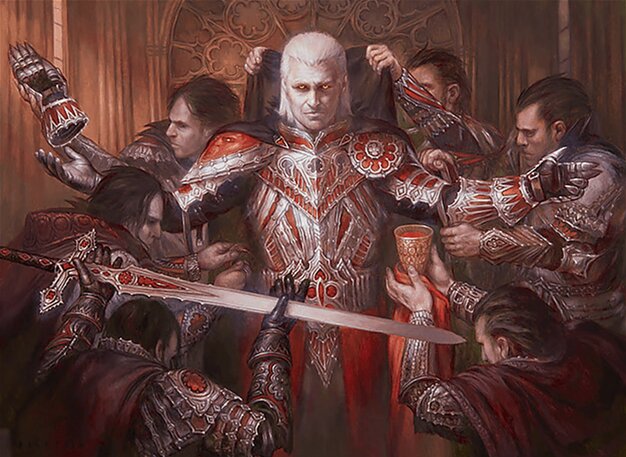
Edgar Markov
Aggressive vampire tribal deck focusing on early board presence and incremental damage through vampire tokens, exploiting tribal synergies to overwhelm opponents.
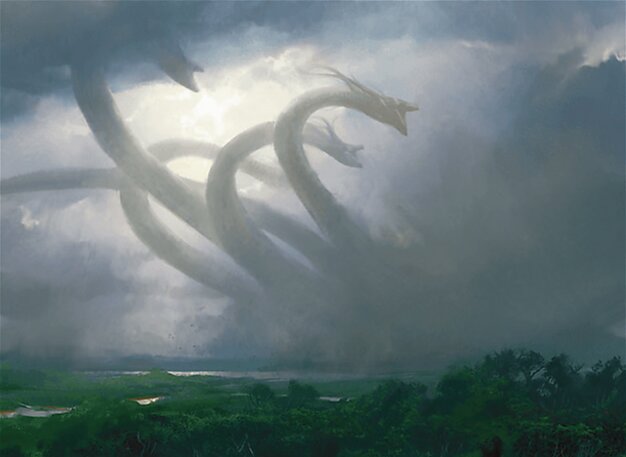
Progenitus
A five-color deck focused on casting a powerful commander and utilizing a suite of multicolor spells from Alara, hampered by a restricted mana base but aiming to deploy impactful threats and control elements.

Go-Shintai of Life's Origin
Utilize shrine enchantments and graveyard recursion to generate tokens and maintain board presence, leveraging enchantment synergies for incremental advantage and control.
Gameplay Insights
- 1
The Ravnica player’s use of guild gates and mana rocks provided more reliable mana fixing compared to other decks, allowing smoother gameplay despite the restrictive land choices.
- 2
The Kamigawa deck leveraged graveyard recursion with Go-Shintai to maintain a steady flow of shrine tokens, which sustained board presence even with limited mana options.
- 3
The Alara deck's mana base was notably clunky due to strict land restrictions, which delayed the casting of its powerful five-color commander but still allowed for impactful multicolor spells.
- 4
Innistrad’s Edgar Markov deck focused on early aggression with vampire tokens but lacked deeper synergy beyond the tribal theme, resulting in pressure but less strategic depth.
- 5
Players had to carefully manage slow lands and bounce lands, which complicated mana development and timing of plays, influencing the pacing and strategic decisions throughout the game.
Notable Cards
-
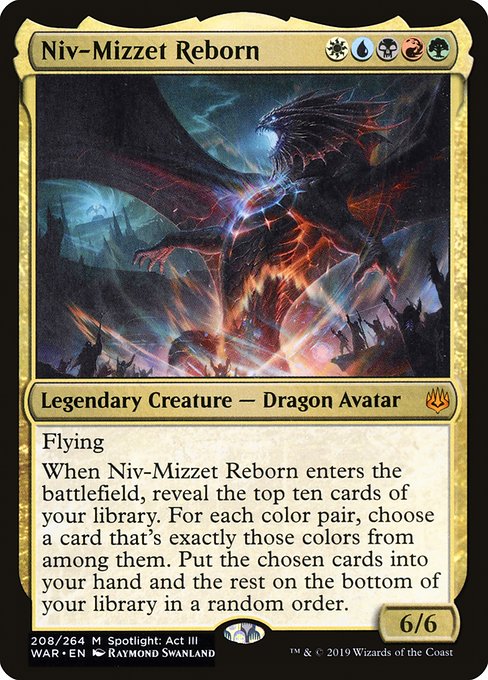
Niv-Mizzet Reborn
-

Edgar Markov
-

Progenitus
-
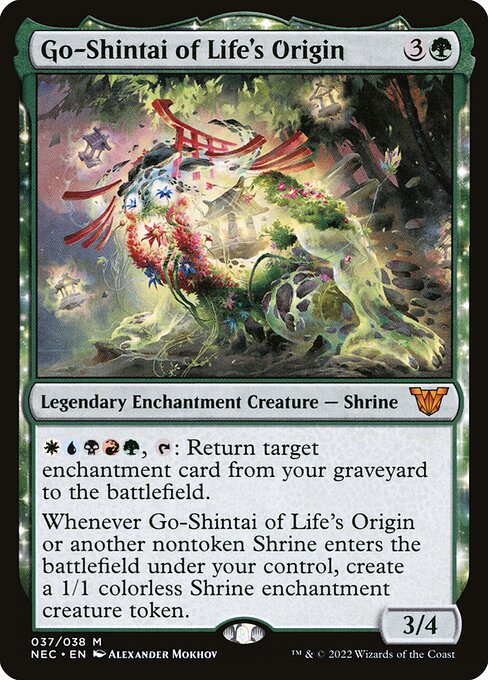
Go-Shintai of Life's Origin
-
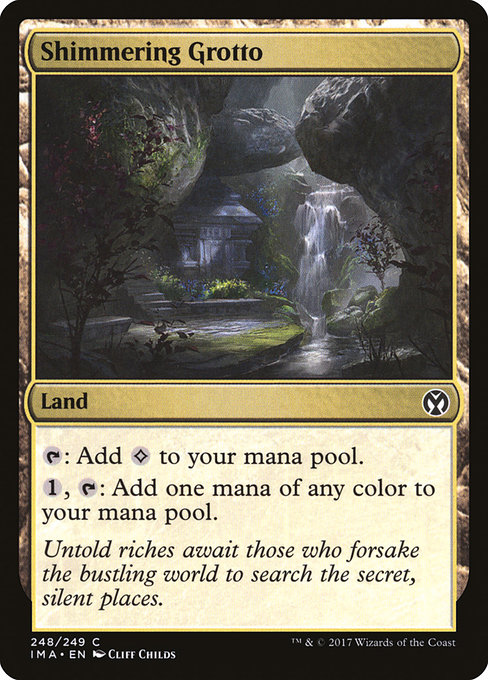
Shimmering Grotto
-
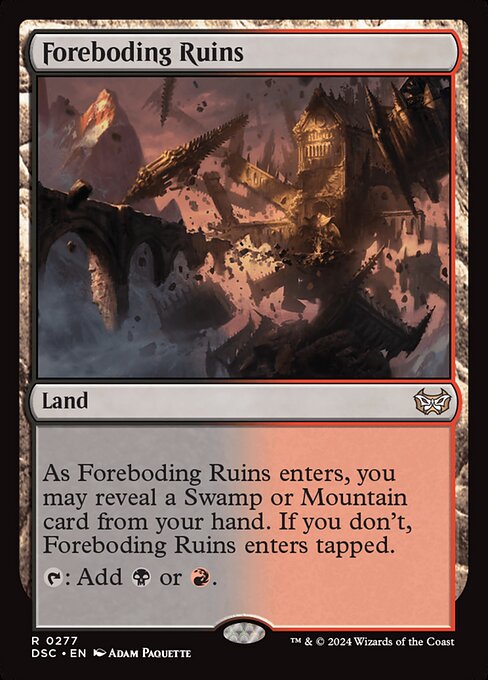
Foreboding Ruins
-
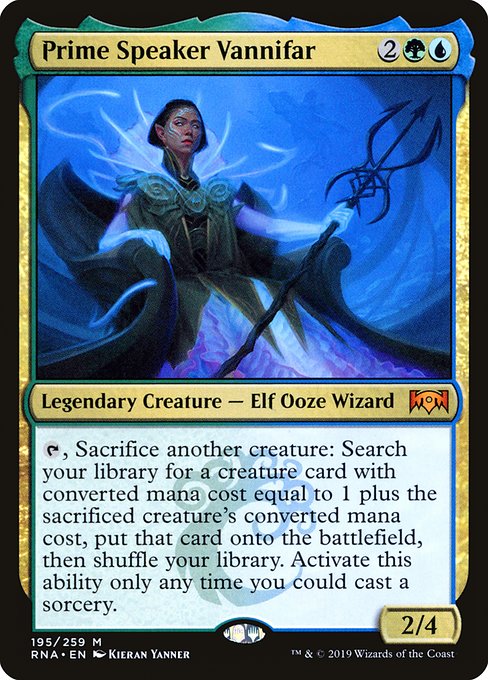
Prime Speaker Vannifar
Gameplay Summary
The game featured a thematic four-player Commander clash with each player representing a different Magic: The Gathering plane: Ravnica, Innistrad, Alara, and Kamigawa.
The Alara deck, led by Progenitus, struggled with mana consistency due to strict land restrictions but aimed to leverage a powerful five-color commander and multicolor spells.
Innistrad’s Edgar Markov deck embraced a horror and vampire tribal theme, focusing on aggressive early board presence.
Ravnica's Niv-Mizzet Reborn deck utilized guild gates, bounce lands, and signets to ramp into a variety of guild leaders and multi-colored spells, aiming for card advantage and versatility.
The Kamigawa deck, steered by Go-Shintai of Life’s Origin, focused on shrine synergies and graveyard recursion, creating tokens and controlling the board through enchantment interactions. Early game was marked by mana challenges, particularly for the Alara and Kamigawa players due to their restricted land pools.
The Ravnica player’s mana base proved more stable, allowing for smoother deployment of powerful guild leaders and multi-color spells.
The Innistrad deck maintained pressure with aggressive vampire tokens but lacked synergy beyond tribal aggression.
Key moments included the Kamigawa player’s use of Go-Shintai to repeatedly bring enchantments from the graveyard, establishing a steady flow of shrine tokens.
Despite mana struggles, the Alara player’s deck showed promise with strong multicolor cards, while Ravnica's consistent card draw and mana fixing kept them a central threat.
The game pivoted around managing board states and exploiting each deck’s thematic strengths, with the Ravnica deck’s flexibility and card advantage setting the pace of play.














![Commander VS S15E5: Roalesk VS Massacre Girl VS Niv-Mizzet VS Neheb [EDH] thumbnail](https://i.ytimg.com/vi/Xy3w7W-GWgw/sddefault.jpg)




![Commander Vs S2E1: Horde vs Cromat vs Atogatog vs Progenitus [MTG: Multiplayer] thumbnail](https://i.ytimg.com/vi/zeQvGYqjMGI/sddefault.jpg)

















